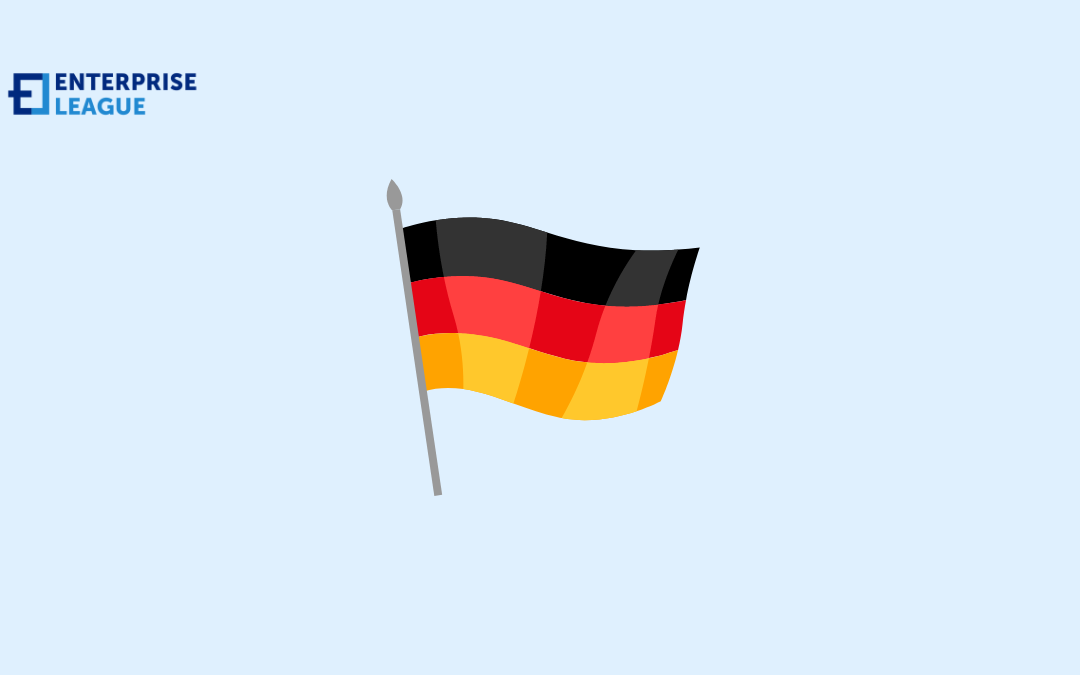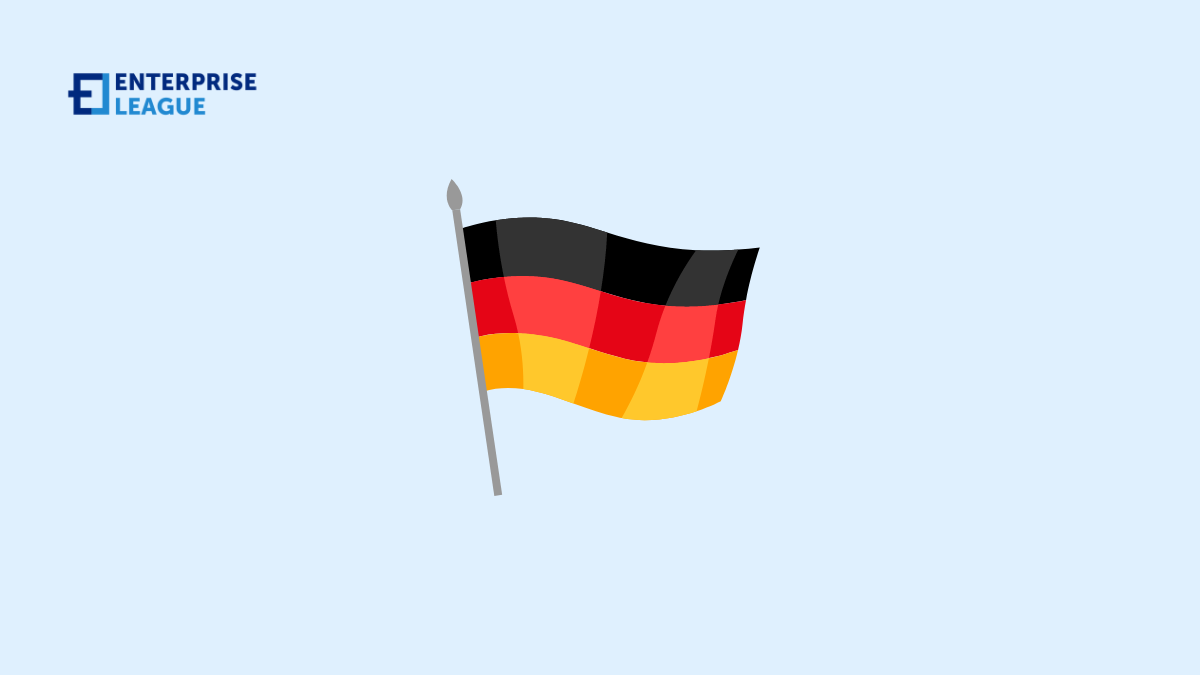When it comes to modern commerce and the movement of products and equipment, warehousing and distribution businesses and networks form the essential foundation of the supply chain. With the dramatic rise of e-commerce, global trade, and same-day delivery...

Pre revenue startup valuation: 4 proven methods
Valuing a pre-revenue startup is a complex and critical process for both entrepreneurs and investors alike. Unlike established or growing companies, pre-revenue startups lack the financial forecast, statements, and quantitative data typically used in traditional valuation methods. As such, determining the worth of a pre-revenue startup requires specialized approaches that take into account various factors such as market trends, management teams, product demand, and technology.
In this article, we will give you an explanation of what pre revenue startup valuation is and how can be done with the four most used and proven methods. These methods provide valuable insights for entrepreneurs seeking to understand their startup’s value and investors looking to assess their potential return on investment.
What is pre revenue startup valuation
Pre revenue startup valuation is a critical activity for both investors and business owners. For business owners, it provides an estimation of the funds they can potentially raise. For investors, it helps determine the equity they can acquire and assesses the startup’s growth potential and return on equity.
Equity ownership is often the return investors receive for their investment in startups. Hence, they evaluate the value of their equity and the potential gains based on the startup’s valuation, with the aim of achieving a higher valuation.
On the other hand, as a founder, it is crucial to provide an accurate valuation of your startup to avoid setting unrealistic expectations for investors. While an inflated valuation may attract more funding for your pre-revenue startup, it could adversely impact your business’s reputation among existing and prospective investors if you fail to deliver on those expectations.
Methods used for pre revenue startup valuation
Assessing the value of a startup can be more challenging compared to an established or growing company. Traditional valuation methods that rely on financial forecasts, statements, and quantitative analysis may not be suitable for pre-revenue firms, as they lack such data.
This implies that valuing a startup without revenue can be complicated, and it necessitates a deep understanding and experience in the field. Before attempting to value a pre-revenue startup, there are several factors to consider, such as the management team’s expertise, market trends, marketing risks, and product demand.
As a result, non-traditional methods are often used for pre revenue startup valuation. These alternative approaches take into account unique aspects of startups that may not be captured by conventional valuation methods.
Scorecard Method
Developed by Bill Payne, the Scorecard Method is a valuation approach used for pre-revenue startups that assesses the company’s performance and potential based on key factors or “scorecard items.” These scorecard items are predetermined criteria that are assigned weights based on their importance and relevance to the startup’s success.
The method involves comparing the startup’s performance against industry benchmarks or comparable companies to determine its valuation. The Scorecard Method typically involves the following steps.
Identifying scorecard items. Identifying the scorecard items that contribute to the startup’s potential for success, including factors such as the management team’s expertise, market size, product distinctiveness, competitive advantage, and growth prospects.
Assigning weights. Assigning weights to each scorecard item based on their significance in determining the startup’s value. The weights are typically determined subjectively by the investor or valuation expert.
Scoring the startup. Evaluating the startup’s performance against each scorecard item and assigning scores based on predetermined criteria. The assessments are commonly rated on a scale that ranges from 0 to 5, with 5 denoting the highest score.
Calculating the valuation. Multiplying the scores by the assigned weights and summing them up to calculate the overall score for the startup. This score is then used to determine the startup’s valuation, usually by comparing it to industry benchmarks or comparable companies.
The Scorecard Method provides a systematic approach for valuing pre-revenue startups based on specific criteria and can be a useful tool for investors to assess the startup’s potential and negotiate equity stakes.
Book Value Method
The Book Value Method is a valuation approach that calculates the value of a pre-revenue startup based on its net asset value or book value. The method involves taking into account the startup’s total assets and subtracting its total liabilities to arrive at the book value or net worth of the company. The resulting book value is then used as an indicator of the startup’s intrinsic value. You can use the book value method for companies that are already established such as Microsoft? According to Gurufocus, you can evaluate Microsoft’s intrinsic value using the normalized Free Cash Flow and Book Value of the company. The only issue you will find with this method is that it will look at the current state of your startup instead of future forecasts.
The Book Value Method involves the following steps.
Identifying assets. Considering the overall assets of the startup, which contain actual resources like cash, inventory, equipment, and property, as well as intangible assets such as patents, trademarks, and goodwill.
Identifying liabilities. Determining the startup’s total liabilities, which may include debts, loans, and other financial obligations. Calculating Book
Value. Calculating the book value or net worth of the company by deducting the total liabilities from the total assets. This calculated book value represents the startup’s estimated value based on its assets and liabilities.
Considerations. It’s noteworthy to acknowledge that the book value may not always precisely capture the actual worth of a pre-revenue startup, as it may not consider elements such as the company’s projected earnings, market dynamics, intellectual property, or intangible assets like brand value or customer base.
The Book Value Method can be a straightforward approach for valuing pre-revenue startups, especially when there are tangible assets involved.
The Book Value Method is a valuation approach that calculates the value of a pre-revenue startup based on its net asset value or book value. The method involves taking into account the startup’s total assets and subtracting its total liabilities to arrive at the book value or net worth of the company. The resulting book value is then used as an indicator of the startup’s intrinsic value.
The Book Value Method involves the following steps.
Identifying assets. Considering the overall assets of the startup, which contain actual resources like cash, inventory, equipment, and property, as well as intangible assets such as patents, trademarks, and goodwill.
Identifying liabilities. Determining the startup’s total liabilities, which may include debts, loans, and other financial obligations. Calculating Book
Value. Calculating the book value or net worth of the company by deducting the total liabilities from the total assets. This calculated book value represents the startup’s estimated value based on its assets and liabilities.
Considerations. It’s noteworthy to acknowledge that the book value may not always precisely capture the actual worth of a pre-revenue startup, as it may not consider elements such as the company’s projected earnings, market dynamics, intellectual property, or intangible assets like brand value or customer base.
The Book Value Method can be a straightforward approach for valuing pre-revenue startups, especially when there are tangible assets involved.
Chicago Method
The Chicago Method is a valuation approach that was developed by the Chicago Booth School of Business for estimating the value of early-stage startups. Also known as the “Chicago Booth Method,” this approach combines qualitative and quantitative factors to determine the value of a pre-revenue startup. The Chicago Method involves these steps.
Qualitative assessment. This step involves evaluating qualitative factors such as the startup’s management team, business model, competitive advantage, and market potential. These qualitative factors are assessed based on expert judgment and industry knowledge.
Quantitative assessment. This step involves analyzing quantitative factors such as financial projections, market size, revenue growth, and market share. These quantitative factors are assessed using financial modeling and data analysis techniques.
Weighted scoring. Once qualitative and quantitative factors are assessed, they are assigned weighted scores based on their relative importance in determining the startup’s value. These weighted scores are then combined to arrive at a composite score.
Valuation calculation. The composite score is then used to calculate the estimated value of the startup. The valuation calculation may involve multiplying the composite score by a predetermined valuation multiple or using other valuation techniques such as discounted cash flow (DCF) analysis.
The Chicago Method is known for its comprehensive and holistic approach to startup valuation, taking into consideration both qualitative and quantitative factors. It is often used by investors, venture capitalists, and startup founders to estimate the value of pre-revenue startups and make investment decisions.
Berkus Method
Developed by angel investor Dave Berkus, the Berkus Method is a simple and intuitive method that focuses on identifying and assigning values to specific value drivers of a startup.
The Berkus Method considers key factors such as the business idea, prototype, strategic relationships, management team, technology, and rolled-out products as drivers of a startup’s value. The Berkus Method follows these steps:
Identifying value drivers. This step involves identifying and listing out the value drivers that are relevant to the specific startup being valued. These value drivers may include the business idea, prototype, strategic relationships, management team, technology, and rolled-out products.
Assigning values. For each identified value driver, a predetermined value is assigned based on its perceived importance or contribution to the startup’s success. The assigned values are typically capped at a certain amount, often not exceeding $500,000 per value driver.
Summing values. The assigned values for all the identified value drivers are then summed up to arrive at a total value for the startup. This total value represents the estimated valuation of the startup based on the assigned values to its value drivers.
Valuation assessment. Once the estimated valuation is determined, it is assessed in comparison to the expected valuation of the startup in the future, typically in the fifth year of business. This assessment involves evaluating the likelihood of the startup achieving its goals and reaching the expected valuation or higher within the given timeframe.
The Berkus Method provides a simple and practical approach to valuing pre-revenue startups, allowing investors and valuation practitioners to quickly assess the potential value of a startup based on its key value drivers.
Risk Factor Summation Method
The Risk Factor Summation Method is a valuation approach commonly used to assess the value of startups in early-stage of development. It involves evaluating and assigning values to various risk factors associated with a startup, which may impact its potential for success and value in the future. The method is based on the premise that higher levels of risk are associated with lower valuations, and vice versa.
The Risk Factor Summation Method typically involves the following steps:
Identifying risk factors. This step involves identifying and listing out the risk factors that are relevant to the specific startup being valued. These factors of risk may encompass market volatility, technological uncertainties, competitive pressures, team capabilities, regulatory compliance, financial stability, and other industry-specific or market-related risks that a startup may face.
Assigning values. For each identified risk factor, a predetermined value or score is assigned based on its perceived level of risk. The assigned values or scores may vary depending on the severity of the risk, with higher values assigned to riskier factors.
Summing values. The assigned values or scores for all the identified risk factors are then summed up to arrive at a total risk factor score for the startup. This total risk factor score represents the estimated level of risk associated with the startup.
Valuation assessment. Once the total risk factor score is determined, it is used as a basis for assessing the valuation of the startup. As a general rule, elevated risk factor scores are linked to lower valuations, whereas reduced risk factor scores are linked to higher valuations. The valuation assessment involves evaluating the startup’s risk profile and potential for success in relation to its estimated level of risk.
The Risk Factor Summation Method provides a systematic approach to assessing the risk profile of a startup and incorporating it into the valuation process. It allows investors and valuation practitioners to consider and quantify the potential risks associated with a startup, which may impact its value in the market.
Other methods for pre revenue startup valuation
If you find that the previously discussed methods may not provide the desired level of accuracy for valuing your pre-revenue startup, or if you’re interested in exploring alternative approaches, you can consider the following methods.
Venture Capital Method
This method involves estimating the startup’s value based on the expected return on investment (ROI) that would be attractive to venture capital investors. It takes into account factors such as projected revenue growth, expected exit valuation, and required rate of return to arrive at a valuation.
Comparable Transactions Method
This method involves looking at similar transactions in the market, such as acquisitions or funding rounds, and using them as a benchmark to estimate the value of your startup. It involves identifying comparable companies and analyzing their financials, valuation multiples, and other relevant factors to determine a valuation for your startup.
Cost-to-duplicate Method
This method involves estimating the cost to recreate or duplicate the startup’s business model, technology, and other assets. It takes into account factors such as development costs, intellectual property, and market entry barriers to arrive at a valuation based on the cost of replicating the startup’s value proposition.
Conclusion
Pre revenue startup valuation is crucial for founders seeking to raise capital and for investors conducting due diligence before funding. However, you should take these three factors into consideration.
First, valuing a pre-revenue startup can be challenging due to the lack of data to inform the process. Without historical financials or revenue, it can be difficult to derive meaningful insights for valuation purposes.
Second, early-stage companies often lack precise valuations due to their unique characteristics and market dynamics. Valuation metrics and benchmarks may not be readily available or applicable to these companies, adding complexity to the valuation process.
Finally, determining the value of a pre-revenue company is not a standardized process and lacks a uniform approach. It may be necessary to combine multiple methods or approaches to arrive at a holistic valuation that considers various factors such as market potential, technology, team, and growth prospects.
It’s important to recognize that even with the most effective pre-revenue valuation formula, the outcome is still an estimate. Assessments may fluctuate due to a variety of factors and prevailing market conditions and should be regarded accordingly. Seeking professional advice and using a combination of methods can help increase the accuracy of the valuation process.
More must-read stories from Enterprise League:
- Debunking the most common myths of entrepreneurship.
- Are you aware of the negative effects that social media has on the workspace?
- B2B payment solutions that can help you transform your business.
- Find out how having age diversity in the workplace can improve your business.
- Learn how to deal with being proffesionally ghosted like an expert.
Related Articles
12 Profitable Warehouse & Distribution Business Ideas in 2026
How AI Image Tools Are Revolutionizing Visual Content Creation
The rise of digital media has transformed how we create and use visual content. Quality visuals are now essential for digital advertising, online commerce, and social networking. Creating properly designed and optimized visuals for different platforms was...
Complete Your Degree, Complete Your Goals: The Long-Term Benefits of Finishing School
For many adults, life circumstances can interrupt education. Work obligations, family responsibilities, or unexpected financial challenges often lead students to put college on hold. Years later, that unfinished degree may still linger as an unmet goal. The...
Where Can I Buy Industrial Cleaning Chemicals Online
Cleanliness is essential in any organization. However, some facilities require more than spotless surfaces for workplace safety, compliance and liability mitigation. Industrial cleaning chemicals are necessary for sanitation and disinfection. These specialized...
Pros and Cons of Working Remotely as an Essay Writer
The pandemic totally flipped everything upside down, right? Suddenly, like, millions of people had to figure out this whole work-from-home thing. But essay writers? They've kinda been doing this forever. Coffee shops, couches, random hotel rooms - they were the...
















